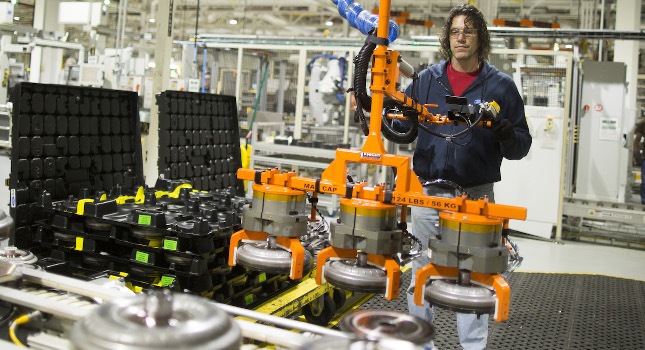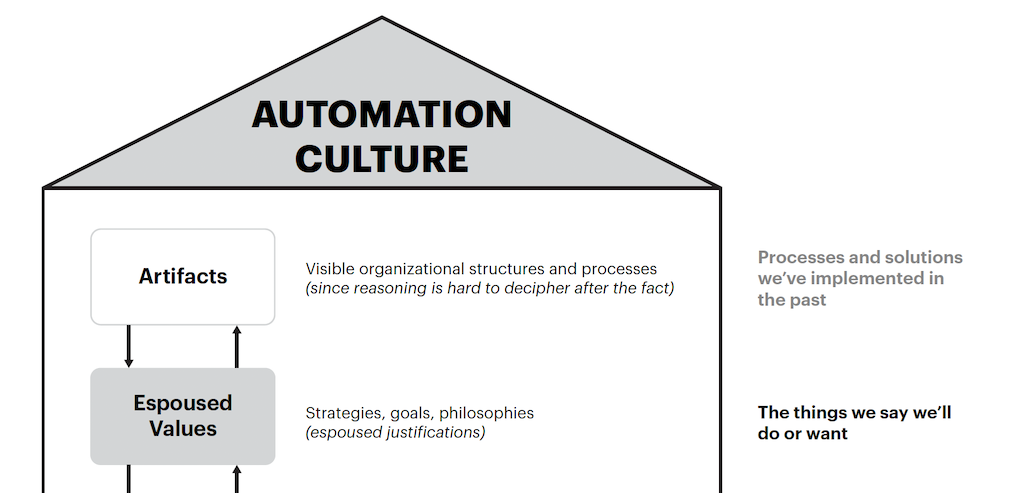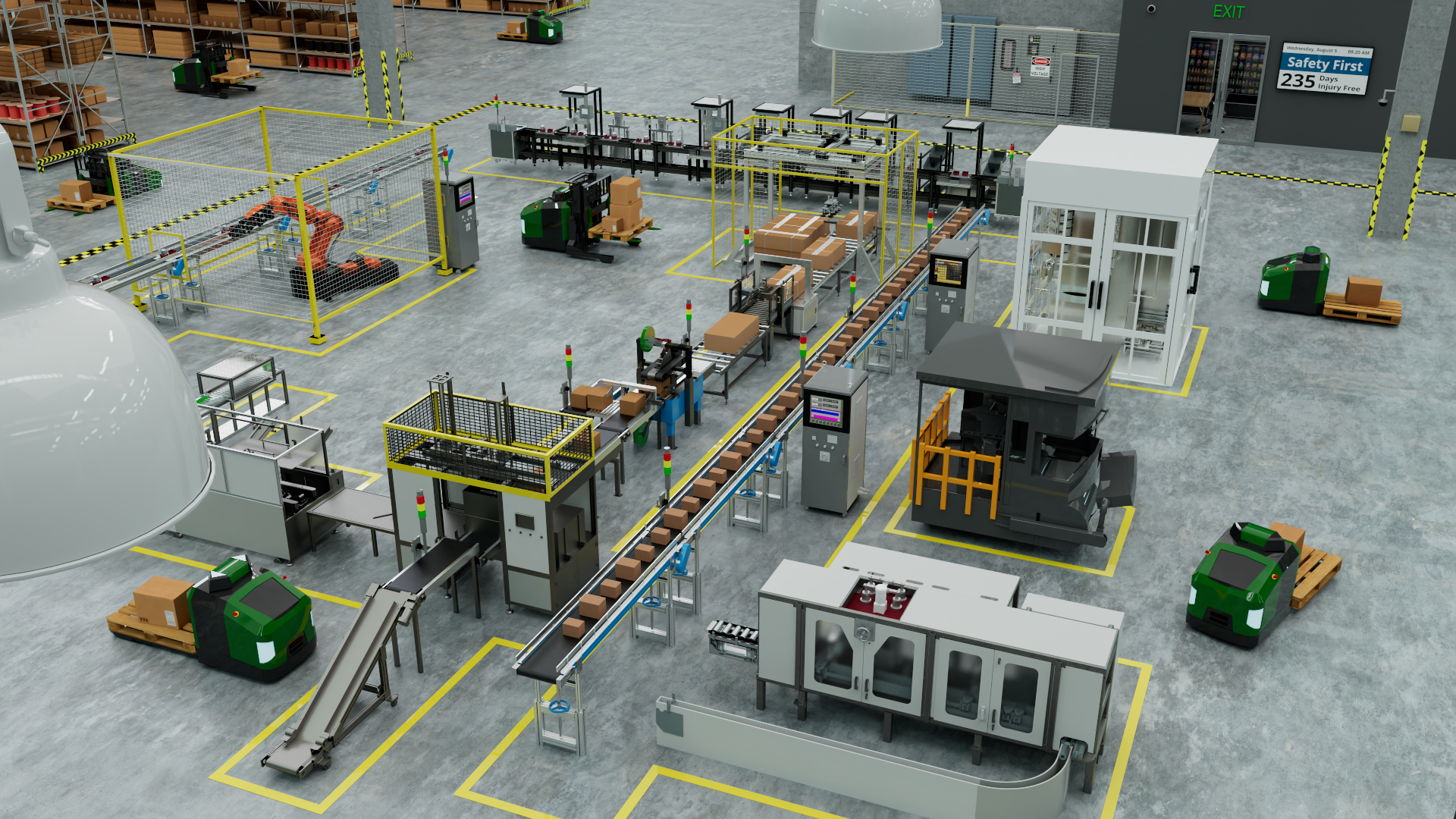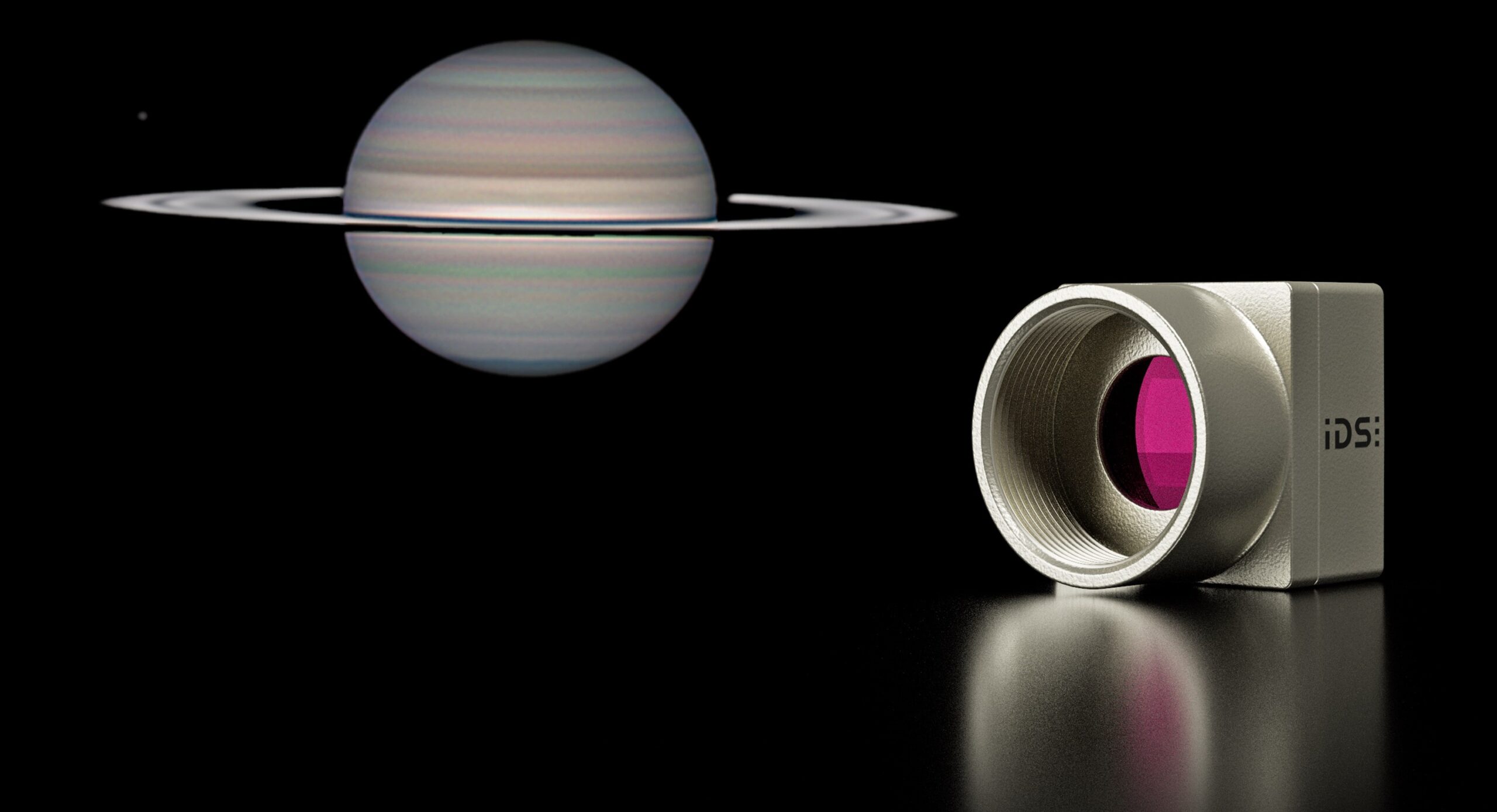The automotive industry, which can be rigid and inflexible, can improve production and meet increased demand for customization with automation software.

According to the Society of Motor Manufacturers and Traders, automotive manufacturing fell by 11% in 2018. Among the reasons cited for this decrease was growing demand for customization and an increase in car model changes. While it is effective at driving down unit cost, mass production methods employed in automotive manufacturing is inflexible and inefficient. While many customers today are able to customize their vehicles to the minutest detail, the traditionally rigid structures of automotive production can still pose a barrier to customize on a mass scale.
Modular production
Modular production lines allow for greater flexibility in manufacturing. For example, creating machines with interchangeable sections of equipment provide production lines with the agility to focus on model changeover time and recovery. With this method, it is no longer necessary that each product be identical to gain the financial advantages associated with mass production.
However, these individually configured machines must be controlled in a uniform way. Otherwise, each machine must be individually programmed and operated for each different variation of the vehicle – a time consuming and laborious process if completed manually. So, how can this be automated? Consider this as an example. A customer has specified a non-uniform paint combination for their vehicle. Rather than grey paintwork, which comes as standard, this car needs metallic blue body paint, a white roof panel and matching white wing mirrors.
Using traditional manufacturing methods, completing this request would necessitate individual attention from production operators. However, using automation software, this request can be processed and completed automatically.
Beginning with the customer’s decision at the car showroom, the vehicle specification essentially becomes a package of data or lot. The lot size one business model creates smaller batches of products. However, it also allows manufacturers to take advantage of trends and adapt to demands.
Manufacturing smaller batches like this requires customized machines that can cater for multiple variants. Depending on the production outlook for this variation of vehicle, software can automatically generate lead times for the customer, and this data is also used to optimize production.
Intelligent control software provides data that can inform the planning department on the most efficient sequence for production and inform the logistics team on the best product workflow. This ensures consistency between cars and also reduces waste associated with changeovers.
This article originally appeared on the Control Engineering Europe website. Edited by Chris Vavra, production editor, Control Engineering, CFE Media, [email protected].



